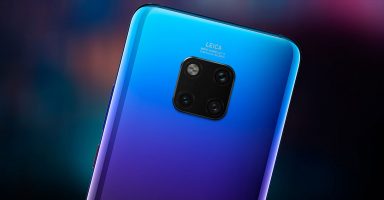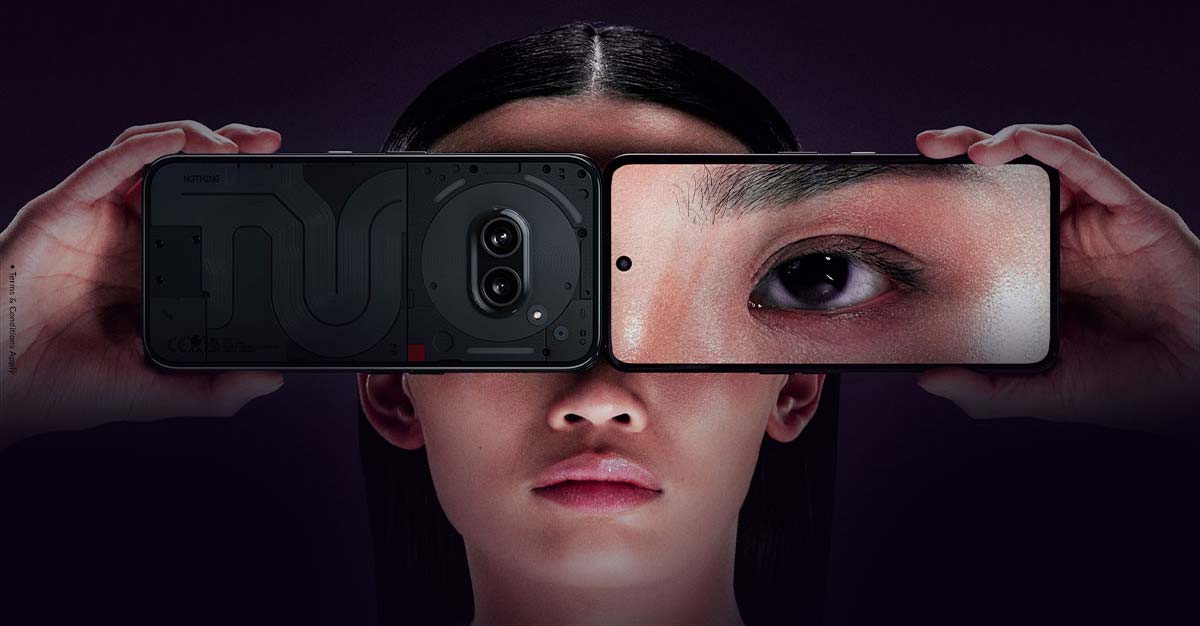Huawei P20 Pro’s camera stayed unbeaten on top of the list for the whole year 2018. None of the flagship devices from either of the top brands, including Galaxy Note 9, Pixel 3, or iPhone XS Max, could beat that score on DxOMark’s camera ranking. Now the spot has been awarded to Huawei Mate 20 Pro with only a bit of margin.
The company announced its flagship phone, the Mate 20 Pro supposedly having improved camera. Unusually, the camera experts – DxOMark, kept from reviewing the Mate 20 Pro’s camera. Sooner the reports emerged that Huawei was unwilling of the sharing of Mate 20 Pro’s camera performance by DxOMark due to some extraordinarily high scores. But now it seems, the results are rather too close to company’s previous top-standing P20 Pro.
In fact, the credits might be given to DxOMark for introducing a separate scoring for selfie-cameras. Actually that’s the part which helped Mate 20 Pro to have a bit of higher score as 75. The main camera score is identical to P20 Pro which is 109.
The highlights are:
- First thing that DxOMark’s scores do not include Mate 20 Pro’s super-wide-angle camera
- Mate 20 Pro’s zooming is not as better as P20 Pro’s zooming.
- Mate 20 Pro “is an excellent device for mobile video recording” but stabilization is not.
With the same “Mobile score” as 109 which is the main camera’s score, both the Mate 20 Pro and P20 Pro now sit on top of the chart. Apple’s iPhone XS Max comes next with the score of 105 and then HTC U12+ along with the Galaxy Note 9 with the score of 103.
If tripped down, Mate 20 Pro achieved 114 as the photo scores and a video scores of 97. If we look at the P20 Pro’s scores they were 114 and 98 for photo and video respectively. So you may question how did the Mate 20 Pro could achieve the same 109 as overall scores instead of having a bit of less than that. Well, the way DxOMark weights the scores are hardly understandable by public and mostly caught by controversies.
Mate 20 Pro, however, has pleased the DxOMark with its exposure handling, dynamic range, color reproduction and noise levels as well as low-light performance. On the negative side, the Mate 20 Pro was reported to have less fine textures as well as the bokeh mode brought less image detail with soft edges.
We’ll cut it down here because you can head over to DxOMark’s detailed review of front and back cameras separately for more information if you are interested.







